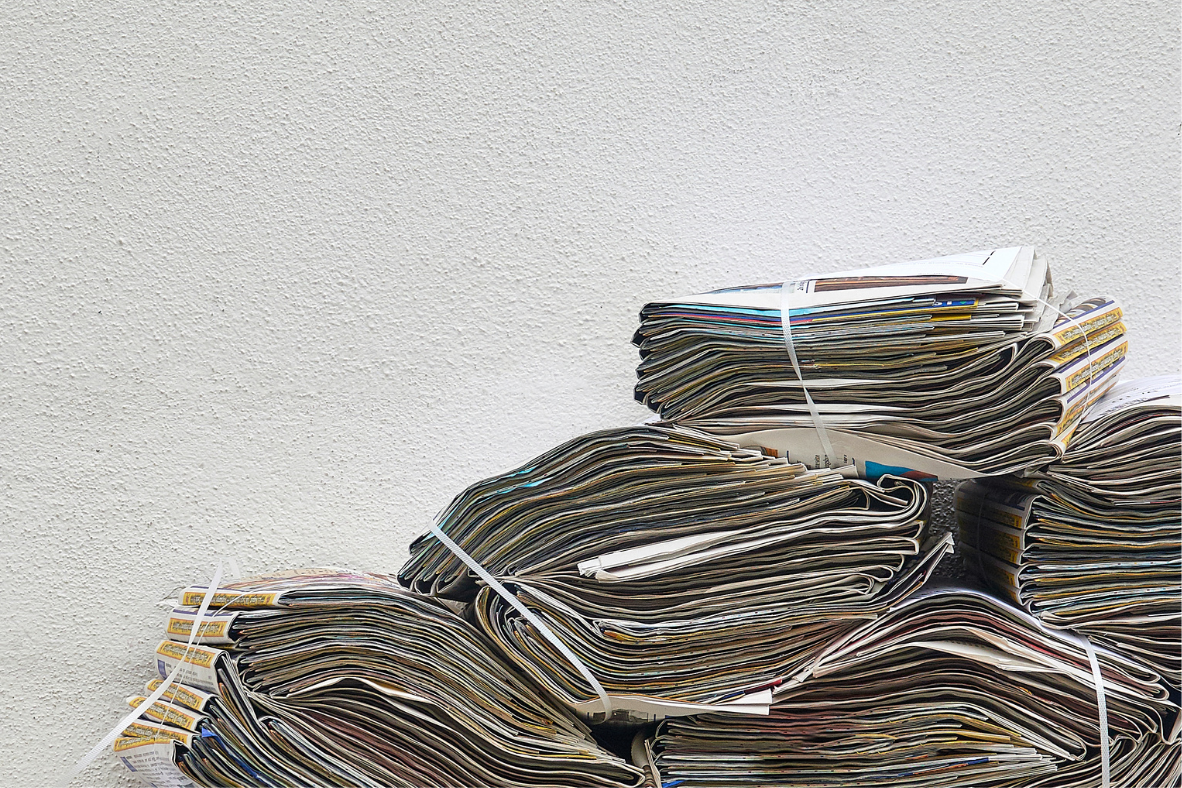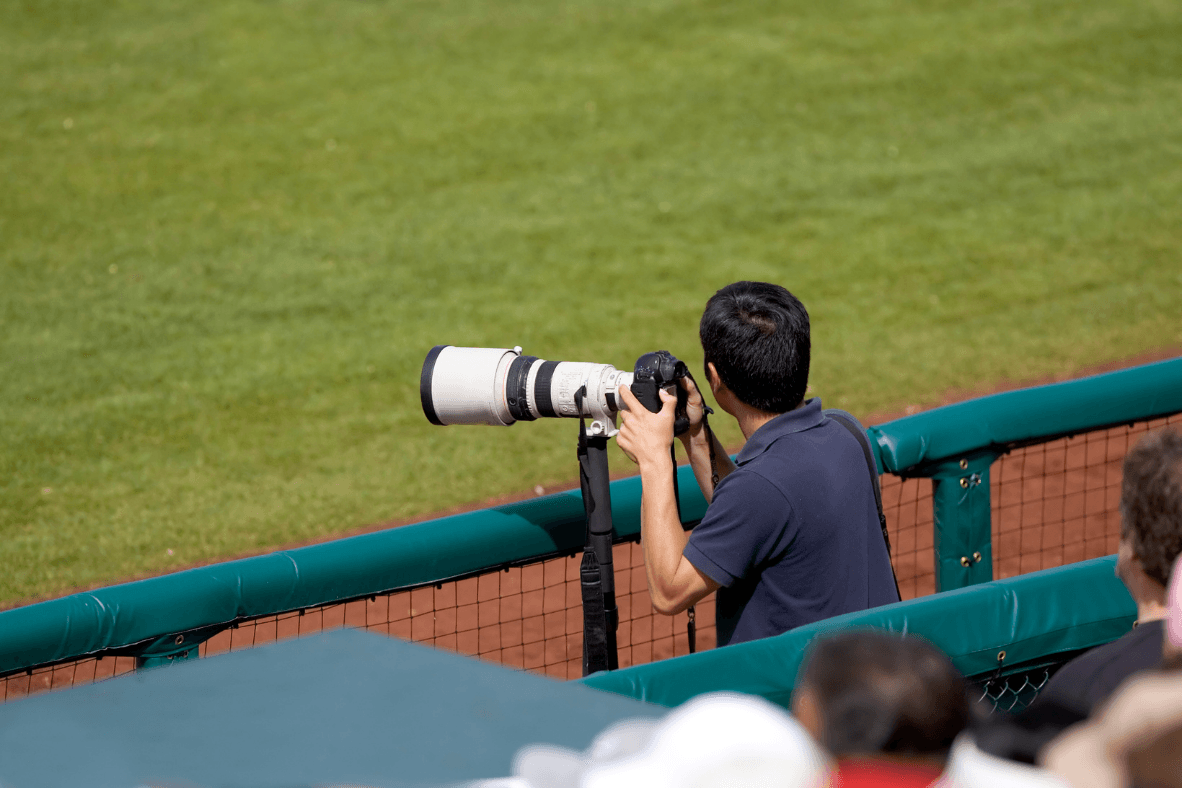Get in touch
Getting the Goods – Writing Local News Stories
News reporters in the old days were depicted by Hollywood, probably accurately, as pushy and persistent. In a world in which so much of the media landscape has been turned upside down, the basic attributes needed by a good news reporter haven’t changed an iota.
In her white paper, veteran Globe and Mail and Vancouver Sun reporter Barbara Yaffe drills down to the basics of getting the goods for local news. And on audio, in a one-on-one interview between host Tim Shoults and the Vancouver Courier’s Editor in Chief, Martha Perkins, learn how getting the stories in your town is about keeping an open and curious mind.
Section 1 AUDIO
Lecture 1 Getting the Goods - Writing Local News Stories
Section 2 WHITE PAPER
Lecture 2 Getting the Goods - Writing Local News Stories
Lecture 3 Getting the Goods - Writing Local News Stories - Recap
Section 3 TRANSCRIPTION
Lecture 4 Getting the Goods - Writing Local News Stories
GETTING THE GOODS; WRITING NEWS STORIES
By Barbara Yaffe
News reporters in the old days were depicted by Hollywood, probably accurately, as pushy and persistent. In a world in which so much of the media landscape has been turned upside down, the basic attributes needed by a good news reporter haven’t changed an iota– except perhaps that women have joined the journalism ranks.
The very best journalists are indeed naturally curious, downright nosy, stubborn as hell and sticklers for detail. They recognize that news consumers need to be coaxed to read the text topped by their particular bylines, and so, must make sure they provide a good read.
These days, with so much competition out there for people’s time, reporters have to think hard about the things that will gain their readers’ attention. The fact that City Council may have raised the municipal mill rate is important to report but the reality is that the news story probably won’t be of much interest to most until the reporter gets some mad-as-hell quotes from potentially affected ratepayers. Or perhaps discovers that the mill rate in the community next door is not similarly increasing.
Likewise, a profile of the mayor might not be particularly captivating until you find out something intriguing or exceptional or controversial about his background.
When I was assigned years ago to do a profile on the late Pauline McGibbon, then-Lieutenant Governor of Ontario, I was bombarded with puff stuff about the office and McGibbon herself. On the way out of Queen’s Park, where I did the interview, I bumped into one of her staffers. He was low down on the totem pole, helping coordinate her parties. I chatted him up and soon learned that in fact McGibbon had a very human side. While dining with all the mucky mucks she had a most inconvenient penchant, her assistant confided, for burping at inopportune moments. Odd, but there it was, and that little tidbit got the story on the front page of the Globe and Mail.
The hardest questions to ask when researching a story usually are the ones that net the best nuggets. I used to argue with colleagues who thought I was too forward when I asked my interview subjects, when I thought it relevant, for their ages or how much they earned at their job. But, let’s face it, that is what the reader is most keen to learn. He is paying for a newspaper to get value, and that value is the information he really would love to know. I always saved the hard-to-ask questions for the very end of an interview, but I always asked them.
Nearly everyone is inclined to promote their own self interest in front of a journalist and it is crucial therefore that journalists take that into account in crafting their stories and strive to balance that self interest with objective information. It is dangerous to take any information at face value. Look for the back story, there usually is one.
I found it was a safe bet, when seeking to explain events, to follow (1) the money or (2) the power. As a newbie reporter, I soon discovered that cash is the single biggest factor in all decision making and is the issue that most folks do not wish to discuss, especially when it comes to the personal side. And yet, because money does make the world go round, it is what most readers really want to know about.
Young reporters need to get into the habit of always, always asking about the money, no matter how awkward or inconvenient it is to do so.
Too often, in reporting a labour story, journalists will write that the teachers or the health workers want a two percent wage hike but they fail to detail what the mid-level worker seeking that raise is earning on average, leaving the reader to wonder how that wage hike would actually impact the teachers’ or nurse’s life, and to wonder as well if the teachers or nurses are already earning more than the reader is.
Sometimes it is necessary to file an access-to-information request to get at the money or the power motivation when the topic is governmental, but that is worth the minimal effort. This is a tool that is there for the public to use and journalists should file these information requests regularly.
Journalists working at smaller newspapers have a tougher job of it than those at larger dailies because a delicate balancing act must be performed when it comes to keeping sources. “They’re like buses,” a Globe editor told me, “another one will be along shortly.” This may be the case in Toronto, however, is not always true in a smaller community.
On the other hand, readers in a smaller community are apt to be more committed to hearing news about intensely local events that directly shape their lives and local people who live just down the block.
Martha Perkins, managing editor of the Vancouver Courier, has loads of experience working at community papers and gives good advice to journalists working in smaller locales.
She correctly asserts that good news stories are absolutely anywhere and everywhere, it’s just a matter of identifying them. Sometimes that is best done by listening to what people are jawing about around the water cooler or at the supermarket checkout. Obviously, that helps identify what is relevant.
Perkins makes a good point when she says: “You have to get over the thought that [all good stories] come from official sources.”
Of course, there is the standard stuff that does come from those official sources – at city council meetings, court proceedings and school board gatherings. But these assignments should be viewed as jumping-off points. Rather than spending the two hours dutifully taking notes, plum the depths of any material that is distributed or pull a grumpy councilor aside after a meeting; you just never know where a story can lead.
I once was sent to do a piece on the Minister of Government Services in Ontario. Our interview was doornail dull. I spent an hour trying to coax some good information out of the minister about her portfolio, but nothing. As we spoke, I noticed a Harold Town artwork on her office wall, a nude. I thought it unusual for a government minister’s office and asked her about it. She went positively ballistic and told me if I put that in the paper, she would never again speak to me as a journalist.
And she never did, but the story – which was about how she went ballistic over her nude painting, certainly not that it was in any way unacceptable to have a beautiful piece of art in her office – again made front.
This recollection illustrates that a reporter can lose out on a potentially good story if he or she is too focused on what is expected to be the story, or what the interviewee promotes as “the story”. It is best to follow the bread crumbs without any preconceived notions. Being loose, and creative, pays dividends.
Perkins encourages reporters to reimagine story ideas that are not particularly inspiring, noting that she recently received an email about the Music Hall of Fame, seeking nominations. She turned a potentially boring story into something special by assigning a reporter to seek the views of Vancouver musicians about who they felt were deserving of such an honour.
Perkins notes that reporters are lucky people in that they have license to ask the questions no one else will and go places relatively few have access to.
That came home to me one stormy winter night when I was assigned to find and interview a Johns-Manville worker afflicted with asbestosis to illustrate a story about the dangers of working with asbestos. No one would talk to me. It was in the early seventies and people back then were still more interested in keeping their jobs and not upsetting the apple cart at the big multinational manufacturer.
All I had was the White Pages address of a fellow I had been told was sick with the disease, and a taxi chit. The fellow had refused to speak over the telephone so the editor encouraged me to go to his home.
The fare out to Agincourt cost a fortune and the weather was horrendous. Once there, I knocked on the door and was told in no uncertain terms to go away. At the time, I was on probation at the newspaper and had been told to get the story that evening.
I just sat down on the door stoop in the freezing temperatures, worried about disappointing my editor and wondering what my next move ought to be – with no telephone handy to call a taxi for the return trip. After nearly an hour, the husband and wife inside took pity. Opening the door a crack, they asked me to come in to warm up — but there still would be no interview. We drank tea, we talked. And talked.
We got to know each other a little. I told them of the good that might come out of talking about asbestos, and his disease. And hours later, the husband and wife did share their tearful and tragic story. It was a powerful one that, I like to think, got the ball rolling on compensation for asbestosis suffererers and the banning of asbestos as a construction material.
Sure enough, the stories that are the hardest to get at often wind up being the most coveted. But that is what having the access as a reporter is all about. In the normal course, society would not countenance a stranger suddenly showing up at a stranger’s home to seek out intrusive details of their personal situation.
The best bit of advice I can give to reporters starting out is basic: don’t ever be embarrassed to ask a question. There is no question too dumb to ask. And do not ever try to write about something you do not fully understand. It definitely does not work. And, in explaining something to the reader, always provide lots of history and context. It is only with such adjunct information that the reader can gain the knowledge to truly interpret what he is reading. In buying his newspaper, he is in essence paying the reporter for that very service. He is also paying for balance. Balance will make the news story far more credible.
For journalists, the world is a bit like a field of rocks. They need to flip them over — to find out what lies just out of sight.
FIVE QUESTIONS REPORTERS SHOULD ASK WHEN PURSUING A STORY
- Why is this important to the readers?
- Would they be better served if either I broadened, or narrowed, my focus in telling the story?Have I provided enough context and background information?
- Am I convinced I’ve pursued a balanced and fair presentation?
- Have I asked the inconvenient questions.
Barbara Yaffe is a retired journalist who over a 41 year career, has worked for CBC National TV News, The Globe and Mail, The Montreal Gazette and The Vancouver Sun.



Modules
Do you work in NewsMedia?
Contact us for more information.
Request Access - Form
Thank you for requesting access to NewsMediaPlaybook.com.
We will review your submission and back to you as soon as possible.
Oops, there was an error with your request.
Please try again later.
All Rights Reserved | BCYCNA







